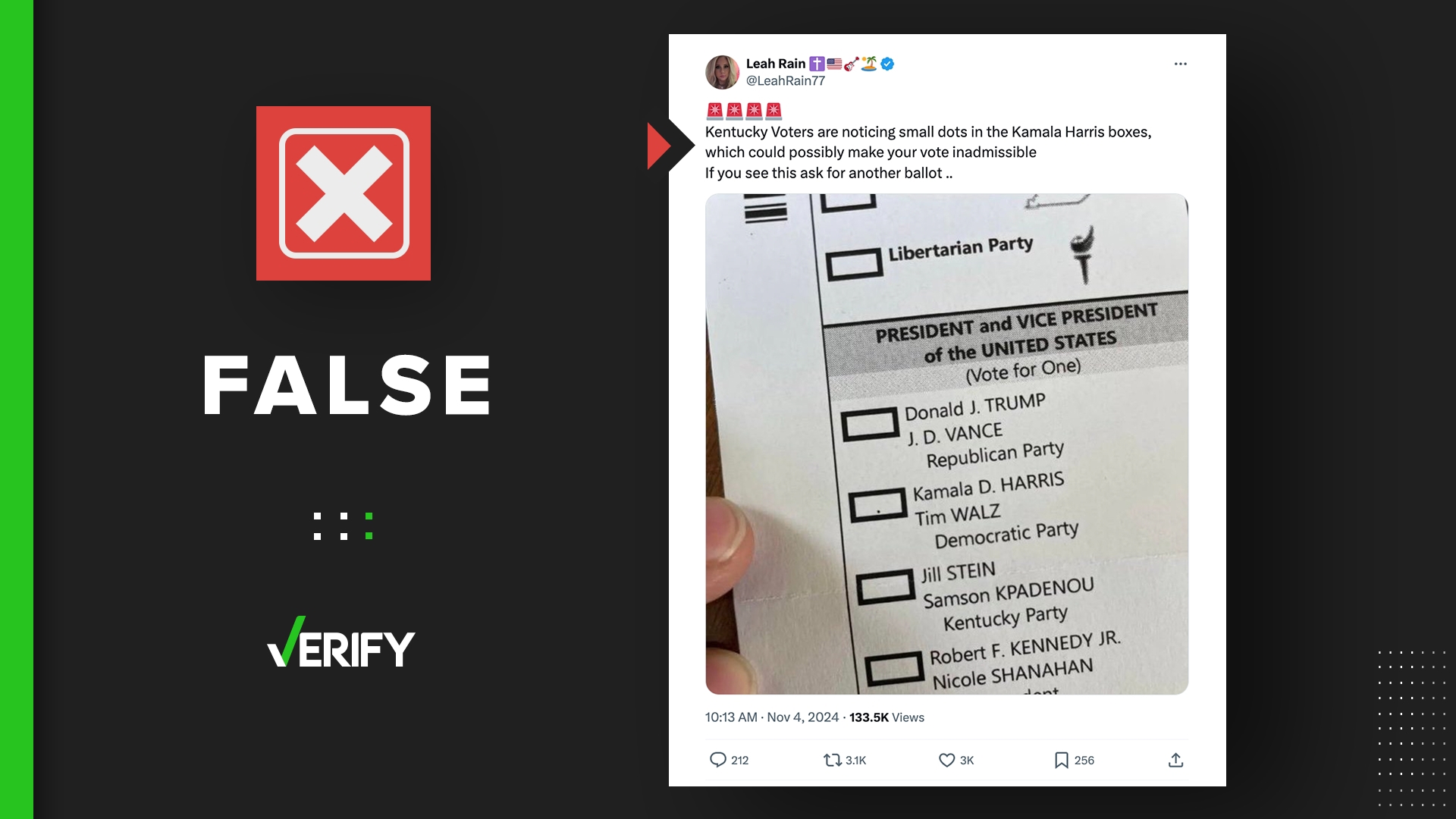Running red lights. Driving at high speeds. Crossing center lines into the opposite lanes. Getting into accidents — even hitting pedestrians. A new study found these were some of the dangerous driving behaviors of regular, heavy users of recreational weed who began using before the age of 16.
Here’s the catch: users drove this badly even when they were no longer high.
The study, published Tuesday in the journal Drug and Alcohol Dependence, asked chronic, heavy marijuana users to drive in a customized driving simulator.
“Heavy use was defined by daily or near daily use, a minimum of four or five times a week, with a lifetime exposure of 1,500 times,” said Staci Gruber, director of the Marijuana Investigations for Neuroscientific Discovery (MIND) program at McLean Hospital, the largest psychiatric teaching hospital of Harvard Medical School.
At the time of driving experience, the marijuana group had not used for at least 12 hours, and based on urine tests were not intoxicated on THC, the main psychoactive compound in recreational marijuana.
Despite having no THC in their system, heavy users consistently performed worse on driving tasks than non-users, making critical, dangerous mistakes.
The worst drivers? Those who began using regularly before age 16.
“Prior to age 16, the brain is especially neurodevelopmentally vulnerable, not just to cannabis but to other drugs, alcohol, illness, injury,” Gruber said. “The brain is really under construction, or if you’re in the cannabis world, ‘half-baked.’
“And when we looked at the cannabis users and separated those into early (before age 16) versus later onset of use, almost exclusively these differences between the two groups were attributed to the early onset group,” Gruber said. “So it’s really early exposure to cannabis that appears to confer greater difficulty with complex cognitive tasks like driving.”
That wasn’t a real surprise, said study co-author Mary Kathryn Dahlgren, a post-doctoral fellow at MIND.
“Research has consistently shown that early substance use, including the use of cannabis, is associated with poorer cognitive performance,” Dahlgren said, “specifically tasks controlled by the most frontal part of the brain, the part behind the eyebrows.”
That’s also the part of the brain that controls our impulses, a major factor in appropriate behavior choices.
“We’ve documented the role of impulsivity in cannabis users previously, and it does appear that earlier onset may confer a decreased ability to inhibit inappropriate responses,” Gruber said, adding that science doesn’t completely understand the relationship.
“What comes first? Is it these impulsivity differences that drive early cannabis use? Is it early cannabis use that drives impulsivity differences? That question really needs to be addressed in future longitudinal studies that look at these folks before they ever begin using cannabis.”
Does this same concern apply to users of medicinal marijuana? Not at all, Gruber says.
“In our medical cannabis patients we don’t see that at all. We actually see improvements,” she said.
Surveys indicate that approximately 124 million Americans aged 12 or older have tried weed at least once, with almost 28 million reporting use within the last month, according to the 2018 National Survey on Drug Use and Health.
With more and more states legalizing weed for recreational use — currently 11 states and the District of Columbia — there is growing concern about a potential impact on driving, crime and other safety issues.
But both Gruber and Dahlgren stress it’s too early to tell how significant these results may be.
“By no means does this data suggest that everybody who uses cannabis is impaired, they can’t drive,” Dahlgren said. “But we do need to be mindful of our youngest, most vulnerable consumers with regard to the age at which they become exposed and perhaps begin using regularly, because there may be downstream effects of that use later on.”
That is especially worrisome considering the fact that weed appears to be replacing cigarettes in recent national surveys, Gruber said.
“Daily cigarette use among 12th graders was 2.4% and marijuana use was 6.4%,” she said. “Remember the whole campaign with Nancy Reagan, ‘Just say no,’ and how it did not work? So we say to teens, ‘Just not yet.’ Give your brain more time and opportunity to develop before you use.”



